The Australian state of New South Wales features famous coastal cities and national parks. Sydney is its capital and brings abundant cultural attractions and activities. While many know of the region for its impressive coastline and breathtaking beaches, the state also contains rugged mountains, rainforests, and crystal-clear lakes.
Hiding beneath the beauty of New South Wales are some significant environmental changes on land and sea. Soil erosion, lack of tree cover, fertilizer use, and sewage run-off are major issues plaguing Australian water bodies. The most polluted lakes in New South Wales are partially open lagoons.
Before spending a day at one of the region’s lakes, learn more about the six most polluted lakes in New South Wales.
Lake Illawarra
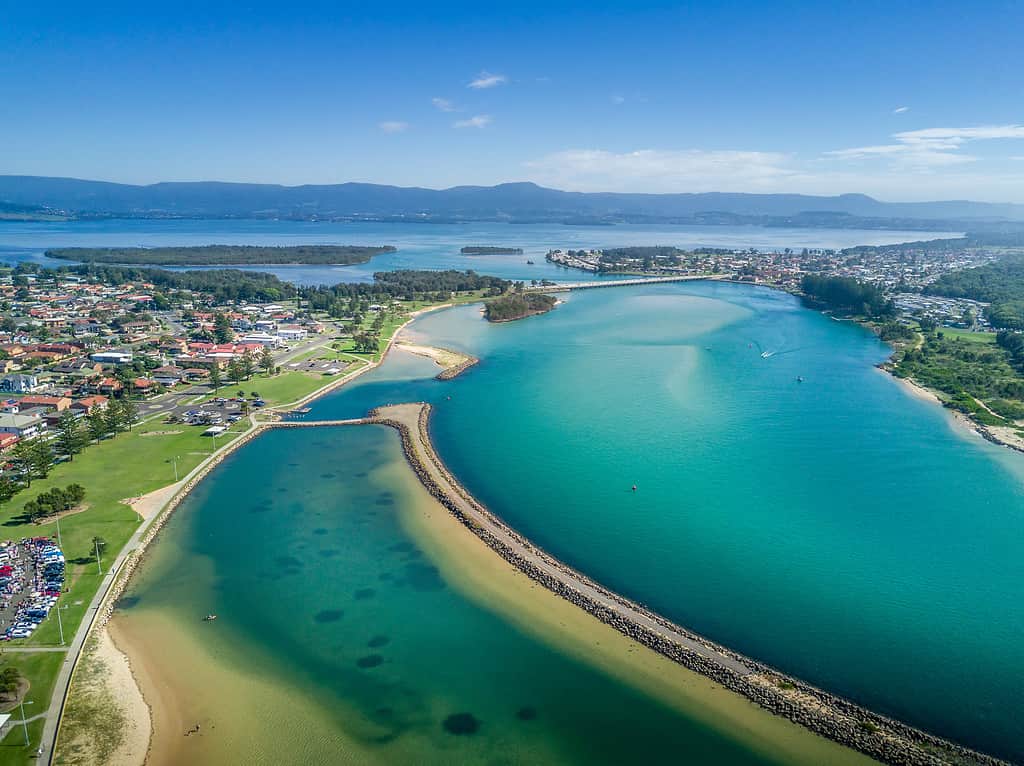
Lake Illawarra contains zinc and copper contaminants from nearby industrial operations.
©lovleah/iStock via Getty Images
Located in the Illawarra region, Lake Illawarra is a coastal lagoon about 60 miles south of Sydney. It’s a popular recreational site for sailing, fishing, and snorkeling. However, due to its proximity to the Wollongong urban area, Illawarra experiences pollution and urban run-off. The nearby industrial operations produce sediment contamination within the lake, particularly zinc and copper.
While Lake Illawarra has a long history of metal contamination, current management practices have reduced the concentration. Stormwater and wastewater also impact the lake and affect the quality of recreation. Thankfully, the water is suitable for swimming and activities most of the year.
Narrabeen Lake

Swimming areas away from the lagoon entrance are more contaminated.
©katacarix/Shutterstock.com
Narrabeen Lake is another coastal lagoon dedicated to recreation, such as boating, hiking, and picnicking. It is the largest estuary of Sydney’s Northern Beaches and offers world-renowned surfing. While the Narrabeen Lagoon currently has good water quality, several popular swimming spots occasionally have fecal contaminants and other pollution.
Areas further away from the lagoon entrance don’t get flushed well by the ocean. Bacteria levels can increase after heavy rainfall, leading to unsafe swimming conditions. Stay current on the latest water conditions before getting into the water. Contaminated lake water can cause serious infections.
Wallis Lake
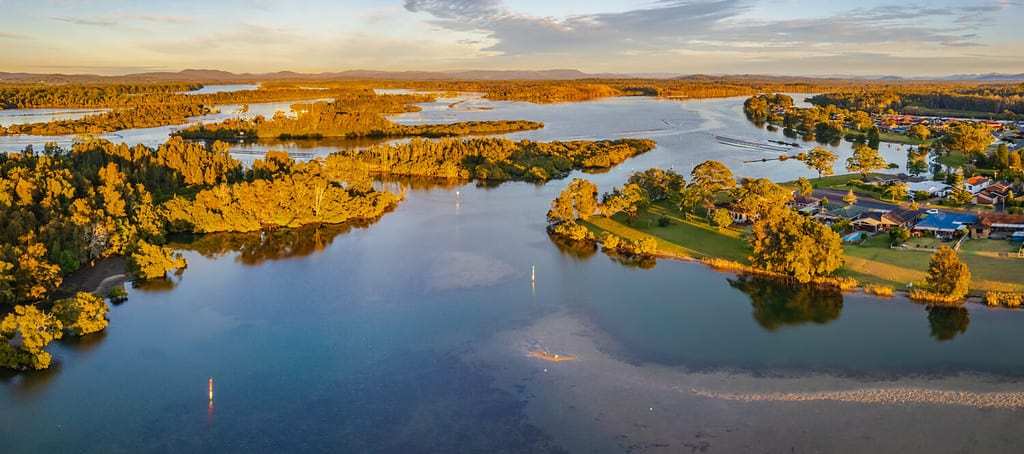
Wallis Lake occasionally has unsafe water conditions after heavy rainfall.
©Merrillie Redden/Shutterstock.com
This open barrier estuary is in the Mid-North Coast region, between the towns of Forster and Tuncurry. Wallis Lake covers nearly 25,000 acres and is famous for its turquoise water, white sand beaches, and endless recreation. It has a large entrance open to the sea and numerous inflowing streams and rivers.
The lake supports important habitats, like mangroves and salt marshes, and is the state’s largest producer of crabs and rock oysters. The water occasionally becomes contaminated after storms and heavy rain. This surge of run-off leads to fecal pollution and unsafe water conditions. Wallis Lake also contributed to cases of Hepatitis A in New South Wales after people consumed contaminated oysters.
Lake Macquarie
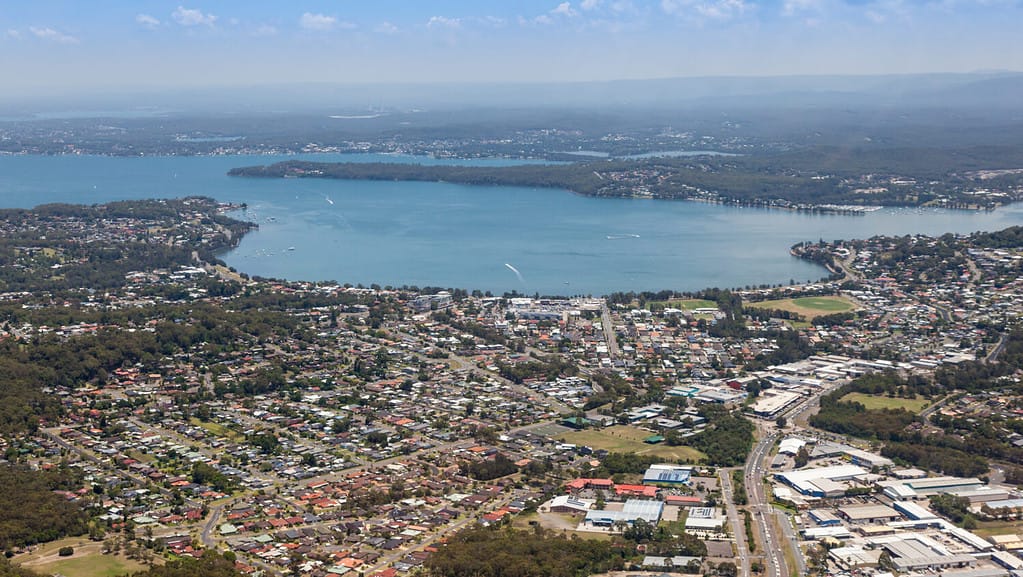
This enormous lagoon contains heavy metal contaminants that can cause cancer.
©Ben Jeayes/Shutterstock.com
Lake Macquarie is Australia’s largest coastal saltwater lagoon, including the entire Southern Hemisphere. It covers 42 square miles and connects to the Tasman Sea by a small channel. Lake Mac is famous for surfing, snorkeling, diving, swimming, and kayaking. With beautiful beaches, inlets, and sea caves, the area provides a beautiful oasis for visitors.
Unfortunately, 300 tons of pollutants will leach into Lake Macquarie over the next decades due to the nearby coal-ash waste dumps. The contaminants include harmful heavy metals with carcinogenic properties, which can harm wildlife.
Lake Liddell
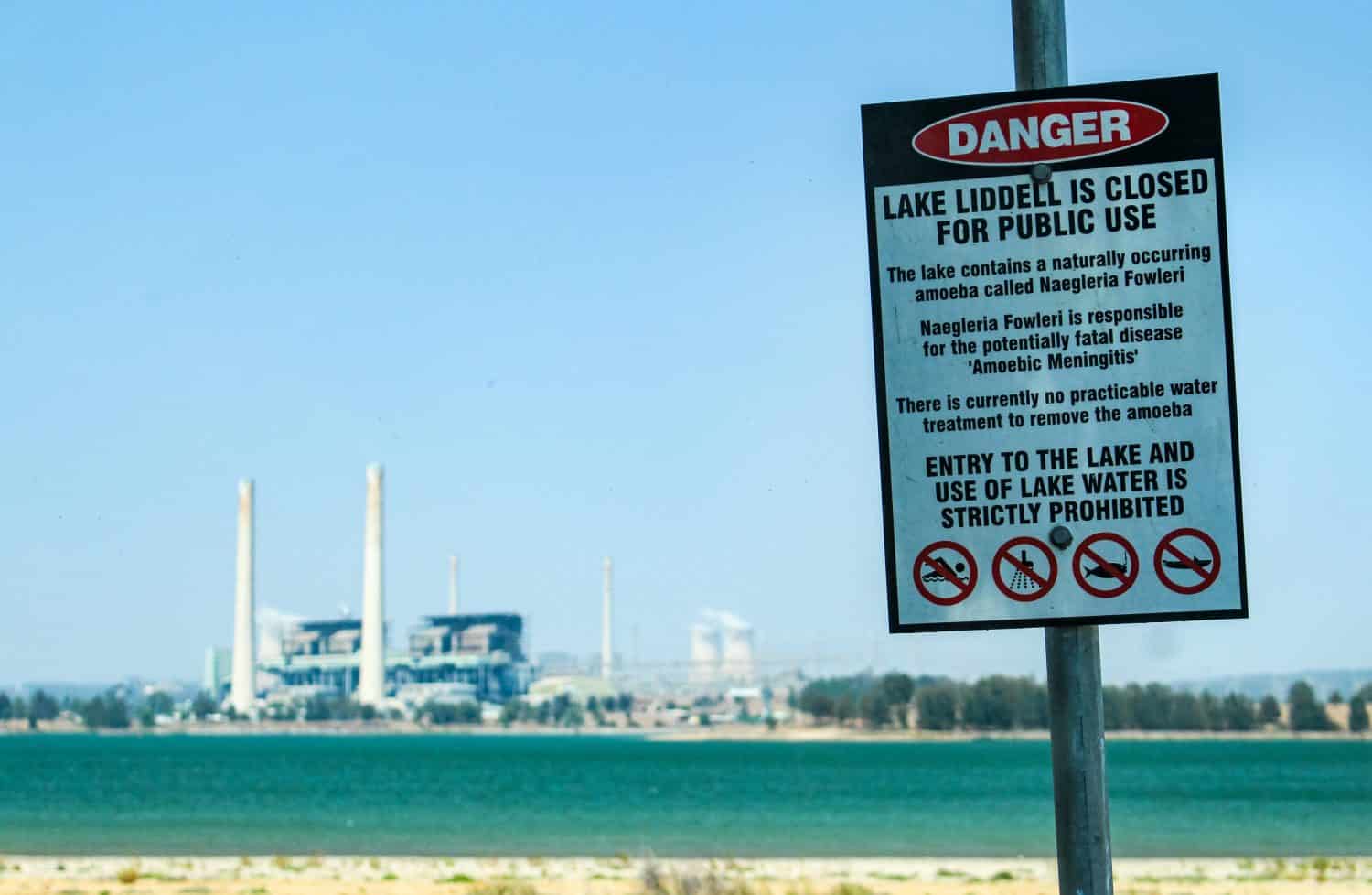
Lake Liddell is one of the most polluted lakes in New South Wales.
©Kris_Lee/Shutterstock.com
Located in the Hunter Valley between Muswellbrook and Singleton, Lake Liddell once supplied water to the nearby power station – once Australia’s largest power station. Lake Liddell closed to the public in 2016 after brain-eating amoeba were found in the water.
Liddell Power Station had a 170% increase in mercury pollution between 2021 and 2022. Mercury is a neurotoxin that can damage animals’ and humans’ brains and other organs. The station dramatically affects the water quality of the lake and the air you breathe. With the recent closure of the power plant, there is hope that the lake will someday reopen.
Menindee Lakes
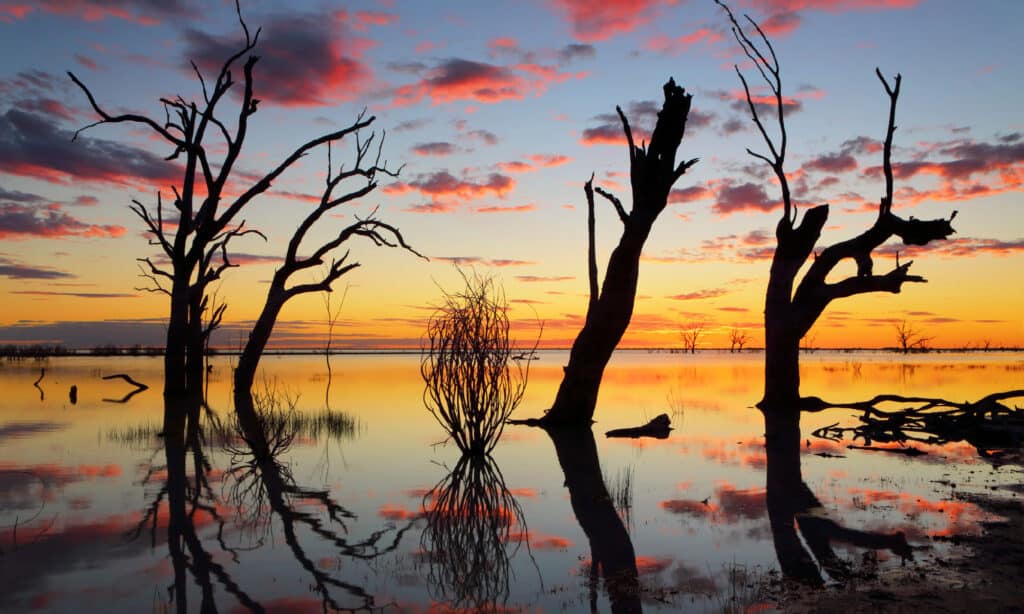
Menindee Lakes experience large fish kills and toxic algal blooms.
©iStock.com/lovleah
This series of nine large, shallow lakes reside in the state’s southwestern region, along the Darling River. There are four leading lakes, and they rely on the river for replenishment. A river management system is in place to use the lakes as a water source for local communities. However, the area’s ecosystem is on a decline. Enormous fish kills are now common in the lakes, and toxic algal blooms contaminate the water supply.
Summary of the Most Polluted Lakes in New South Wales
| Most Polluted Lakes in New South Wales | Location |
|---|---|
| Lake Illawarra | Between Wollongong and Shellharbour |
| Narrabeen Lake | Sydney’s Northern Beaches |
| Wallis Lake | Between Forster and Tuncurry |
| Lake Macquarie | Hunter Region |
| Lake Liddell | Between Muswellbrook and Singleton |
| Menindee Lakes | Southwest New South Wales |
The photo featured at the top of this post is © Kris_Lee/Shutterstock.com
Thank you for reading! Have some feedback for us? Contact the AZ Animals editorial team.







